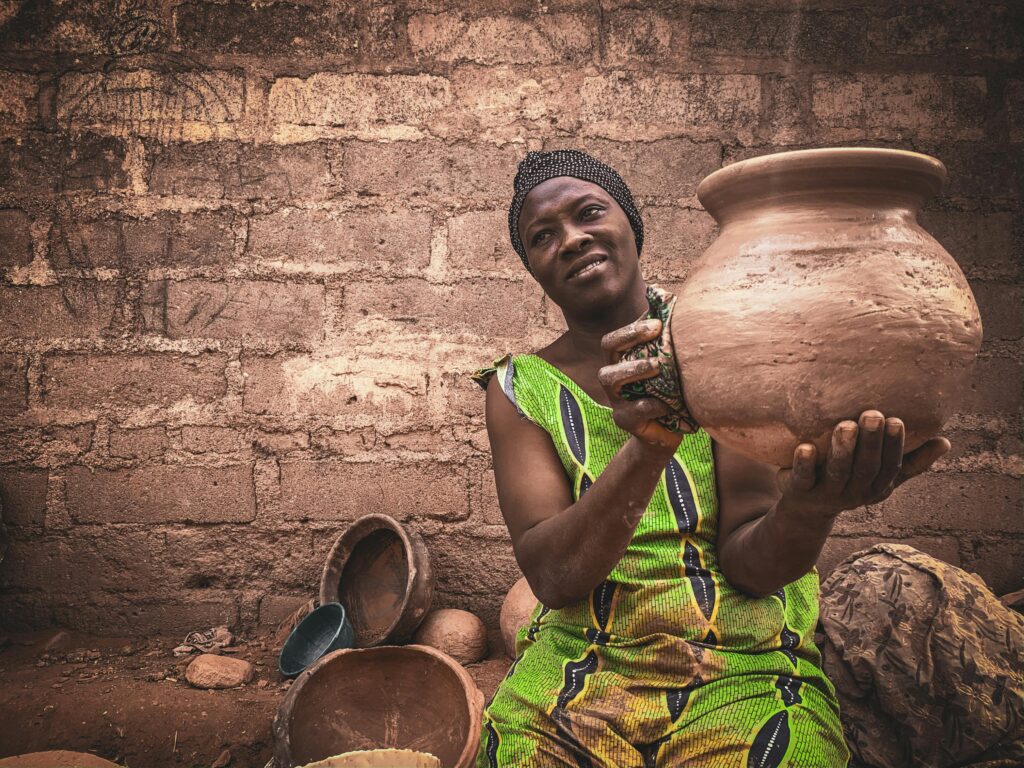In the annals of history, the labor of women often goes unnoticed, obscured behind the towering achievements of men. While the world marvels at the advancements of pre-industrial economies, little attention is paid to the foundational role women played in sustaining these societies. Their labor was not merely complementary but essential, yet their voices remain largely unheard. In this exploration, we delve into the intricate tapestry of women’s exploitation in pre-industrial economies, shedding light on the silent struggles that shaped our past.
Before the advent of industrialization, societies were predominantly agrarian, relying heavily on agricultural production for sustenance and trade. Within this framework, women were tasked with a myriad of responsibilities essential for the functioning of households and communities. From tending to crops in the fields to managing domestic affairs, their labor was ceaseless and indispensable. However, despite their pivotal role, women were relegated to the margins of economic discourse, their contributions deemed inherent and thus unworthy of acknowledgment.
One of the most glaring examples of women’s exploitation in pre-industrial economies was their involvement in textile production. In many societies, weaving and spinning were considered quintessential female tasks, performed within the confines of the household. Women toiled for hours on end, transforming raw materials into cloth, a commodity crucial for clothing and trade. Yet, their labor was often undervalued and exploited, with little recognition of the skill and effort involved.
Furthermore, the gendered division of labor entrenched women in low-paying and precarious occupations. While men ventured into the public sphere, engaging in trade and craftsmanship, women remained confined to domestic duties, their economic agency severely curtailed. This systemic oppression was exacerbated by social norms and cultural practices that perpetuated the notion of female inferiority, relegating women to subordinate roles within the economic hierarchy.
The exploitation of women’s labor extended beyond the confines of the household, permeating every aspect of pre-industrial economies. In agricultural societies, women played a crucial role in food production, yet their contributions were often overshadowed by patriarchal structures that favored male landownership and control. Women’s access to resources and decision-making power was limited, further entrenching their economic vulnerability.
Moreover, women’s reproductive labor, including childbirth and childcare, was systematically exploited to perpetuate the workforce and ensure the continuity of labor supply. The burden of reproduction fell disproportionately on women, with little support or recognition from society at large. Their reproductive capacities were commodified and exploited, reducing women to mere instruments of labor reproduction.
The invisibility of women’s labor in pre-industrial economies is not merely a historical oversight but a reflection of entrenched power dynamics that persist to this day. As we reflect on the contributions of women to our collective history, it is imperative to recognize the systemic exploitation and marginalization they endured. By amplifying their voices and acknowledging their unseen labor, we take a crucial step towards a more equitable future.
In conclusion, the exploitation of women’s labor in pre-industrial economies was pervasive and insidious, perpetuated by patriarchal structures and cultural norms. Women’s contributions were essential for the functioning of societies, yet their voices remained unheard and their labor undervalued. As we strive towards a more just and inclusive society, let us not forget the silent struggles of women who shaped our past and continue to inspire us today.









